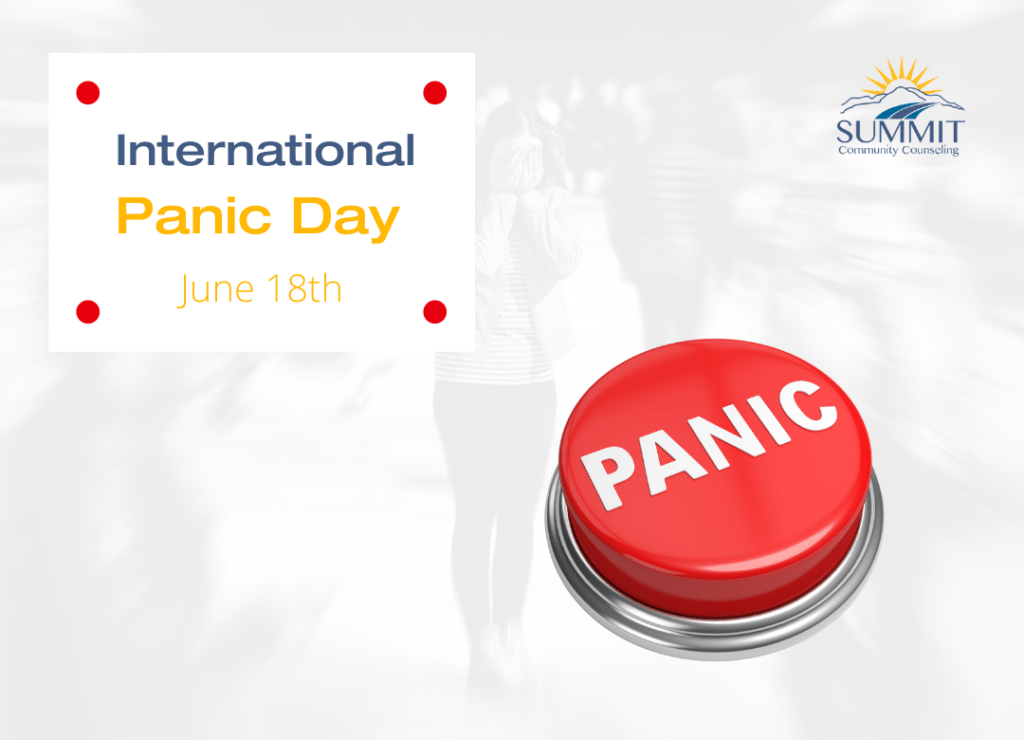Did you know? International Panic Day was initiated as a kind of mock holiday to have a day when people could shake off their different causes of panic. Now, it is meant to be a day to sit back, calm down, and let the panic and stress discharge through you.
However, it also works to raise awareness of panic’s impact on our mental health. Although a small 4.7% of people experience panic disorder, you never know when someone close to you might be suffering from this. People with panic disorder have recurring and spontaneous panic attacks. These attacks are distinguished by a sudden wave of fear or discomfort or a sense of losing control even when there is no clear danger or trigger. Not everyone who experiences a panic attack will develop panic disorder.
What are the signs and symptoms of panic disorder?
According to the National Institute of Mental Health, panic disorder people may experience:
- Sudden and repeated panic attacks of overwhelming anxiety and fear
- A feeling of being out of control, or a fear of death or impending doom during a panic attack
- Intense worry about when the next panic attack will happen
- Fear or avoidance of places where panic attacks have occurred in the past
Physical symptoms during a panic attack:
- Pounding or racing heart
- Sweating
- Chills
- Trembling
- Difficulty breathing
- Weakness or dizziness
- Tingly or numb hands
- Chest pain
- Stomach pain or nausea
What are some tips for when you are experiencing panic?
First, practice breathing techniques to decrease panic. Slow breathing exercises or mediation can have a strong positive effect on your health.
Secondly, take time to relax. Do things that you like, small things like taking a coffee, reading a book, or meeting friends, if you are in a situation where you have a limited amount of time to relax, even listening to your favorite song can help.
Finally, if panic attacks are too consistent, reach out to a professional.
Reaching out for help is the best way to overcome difficult situations.


